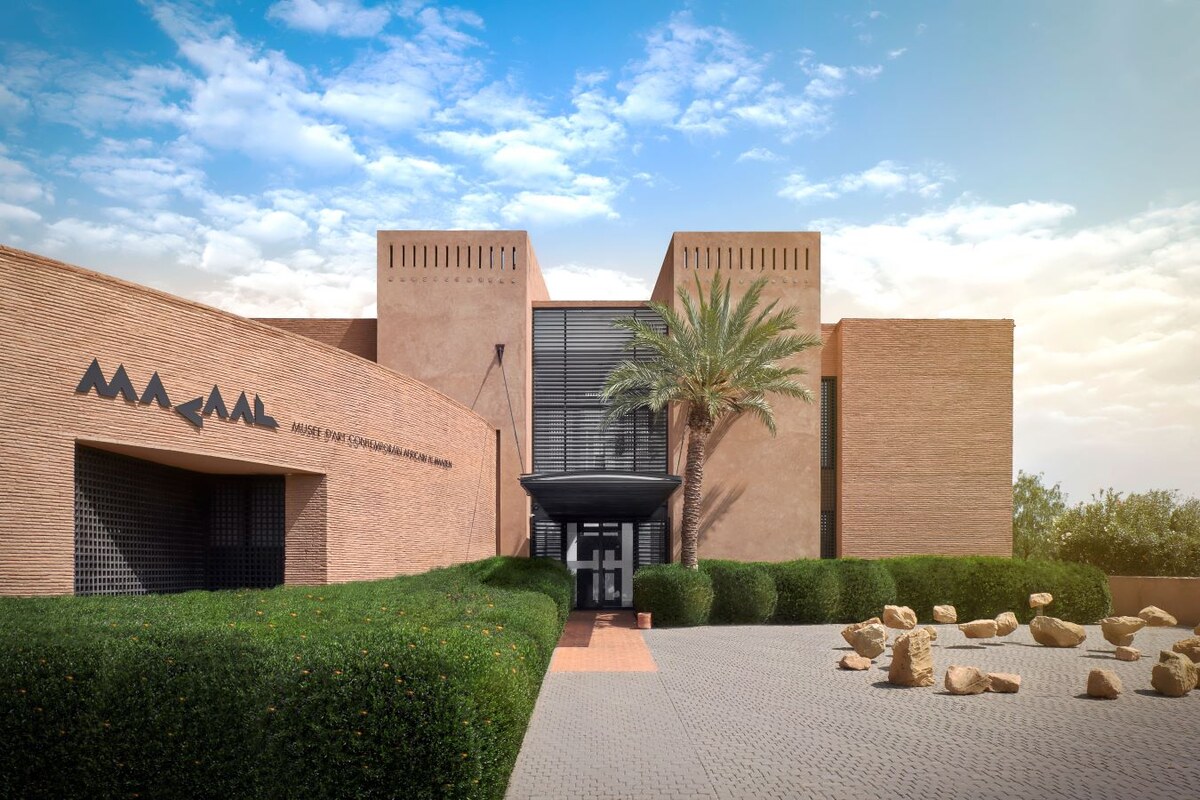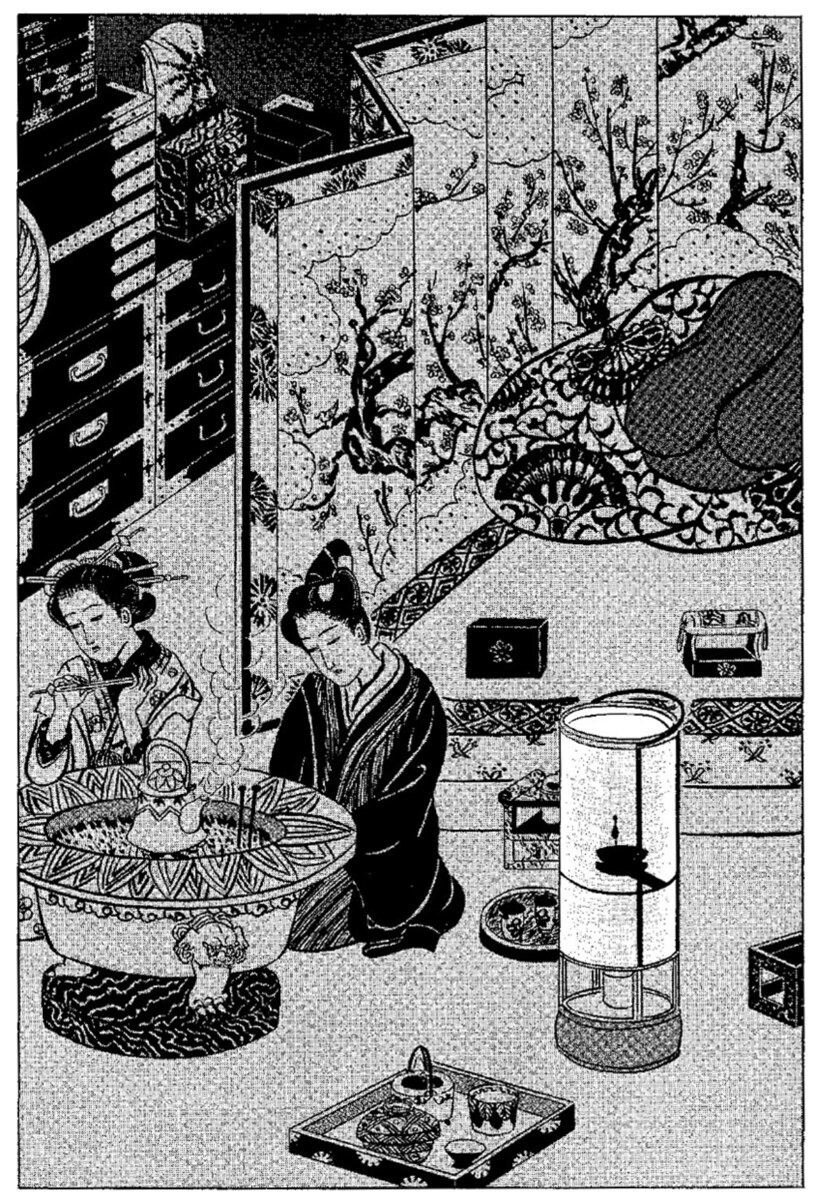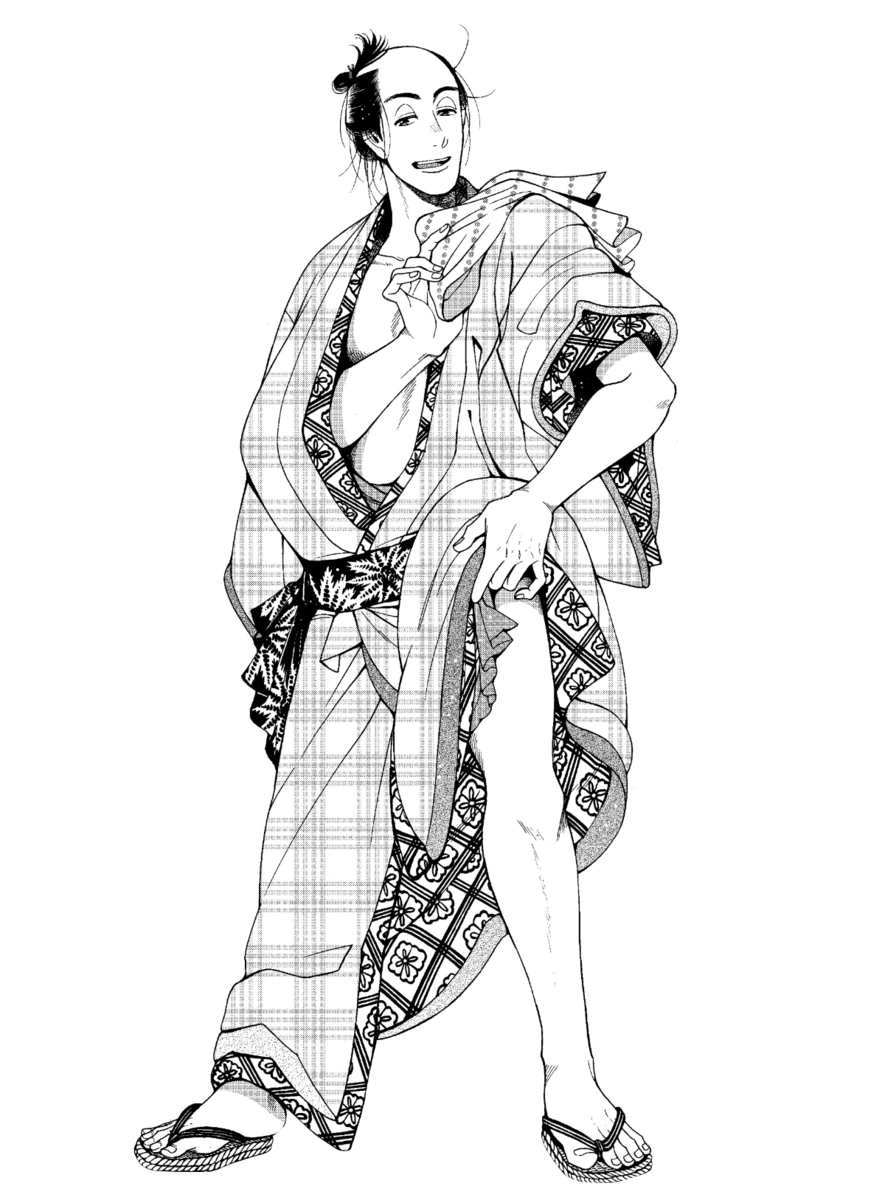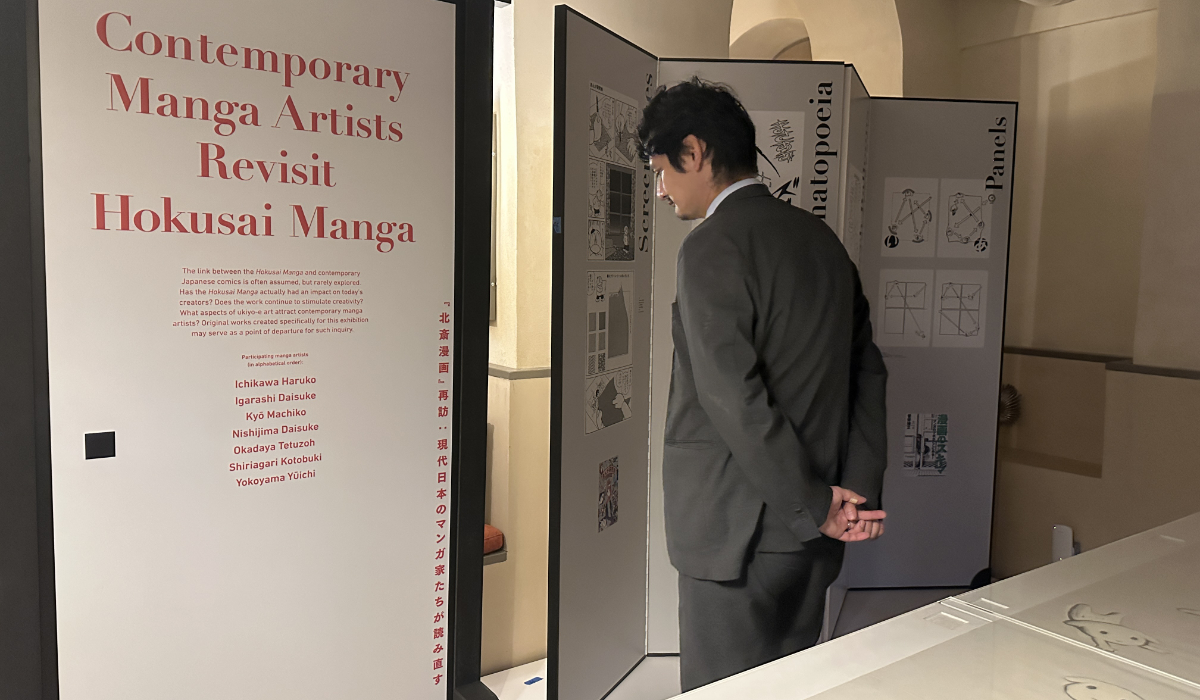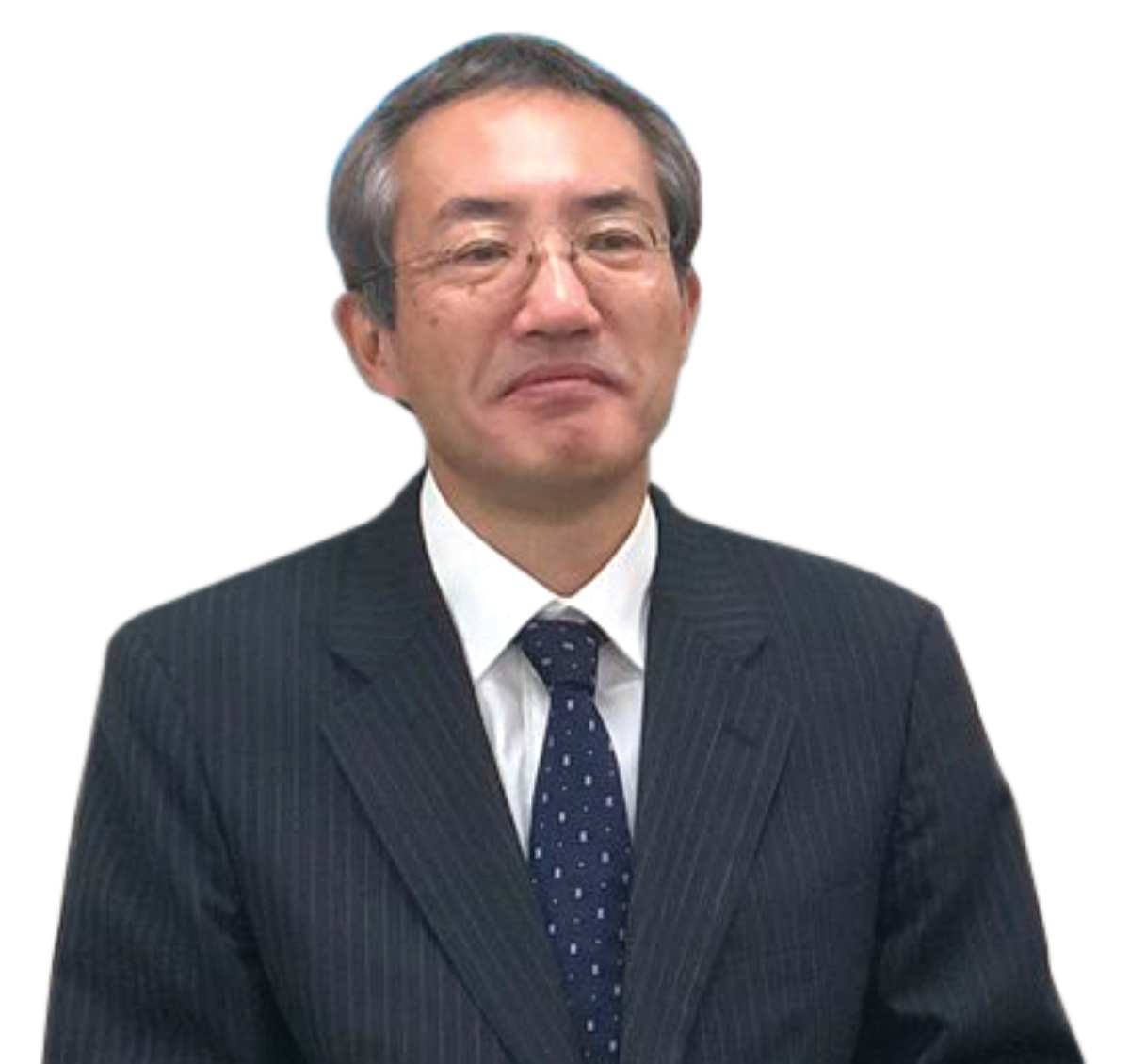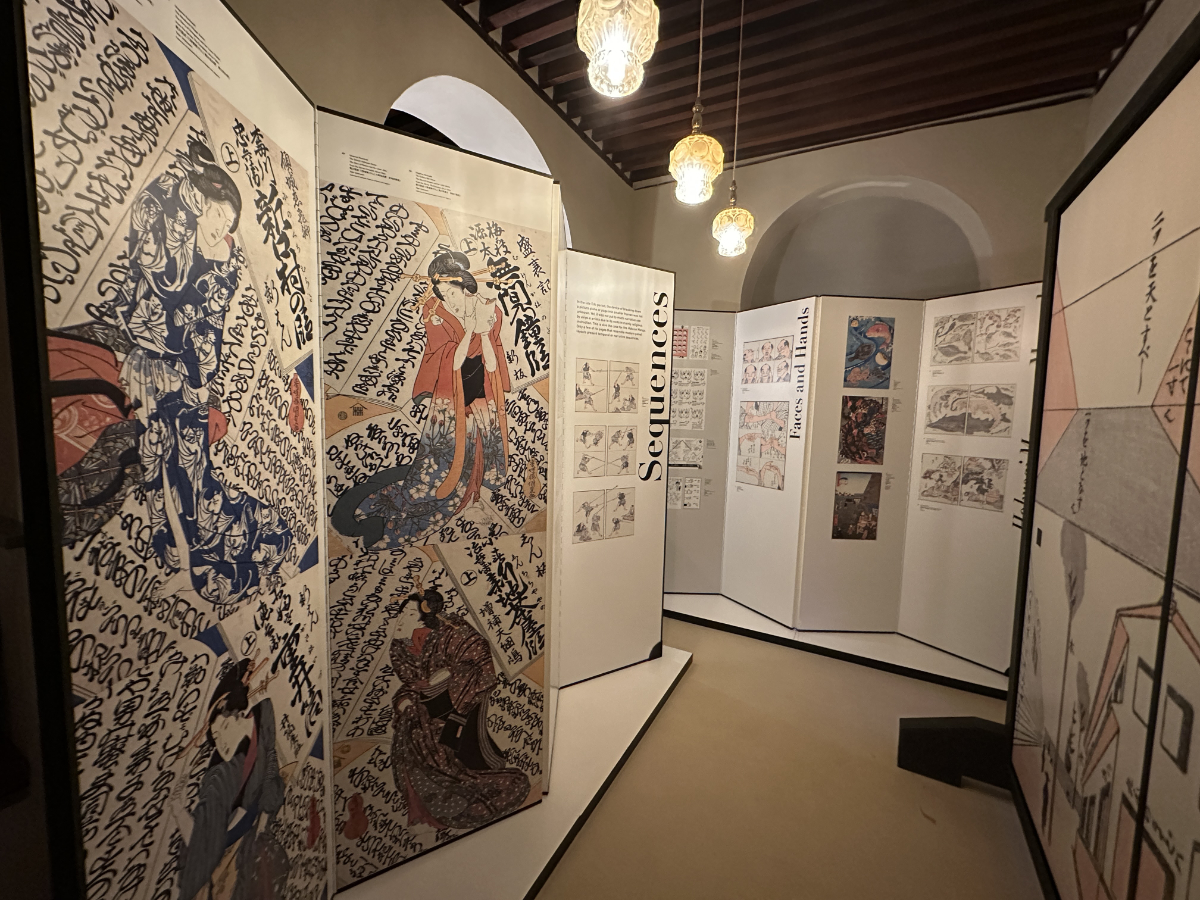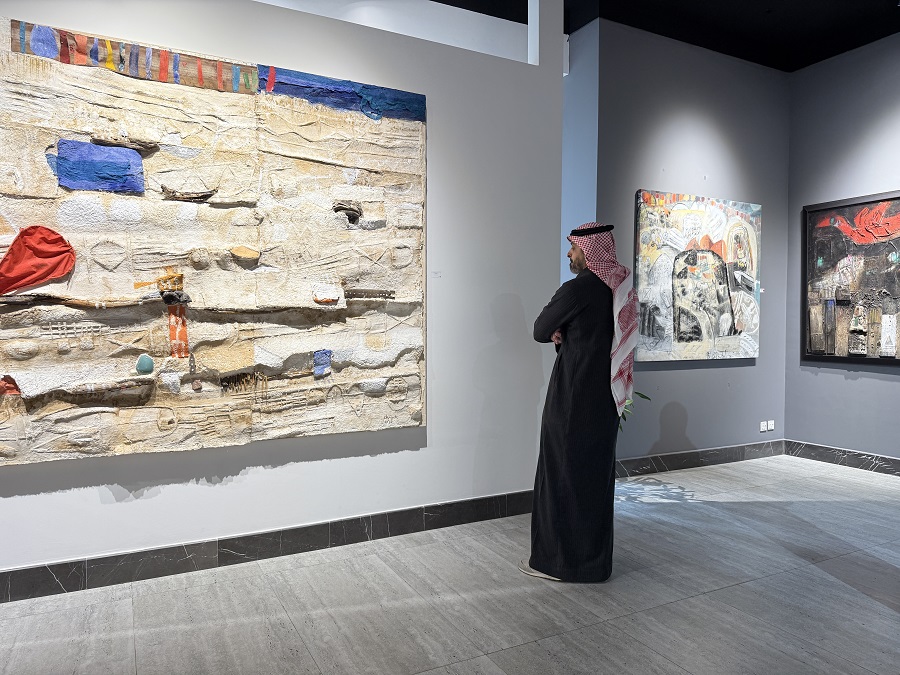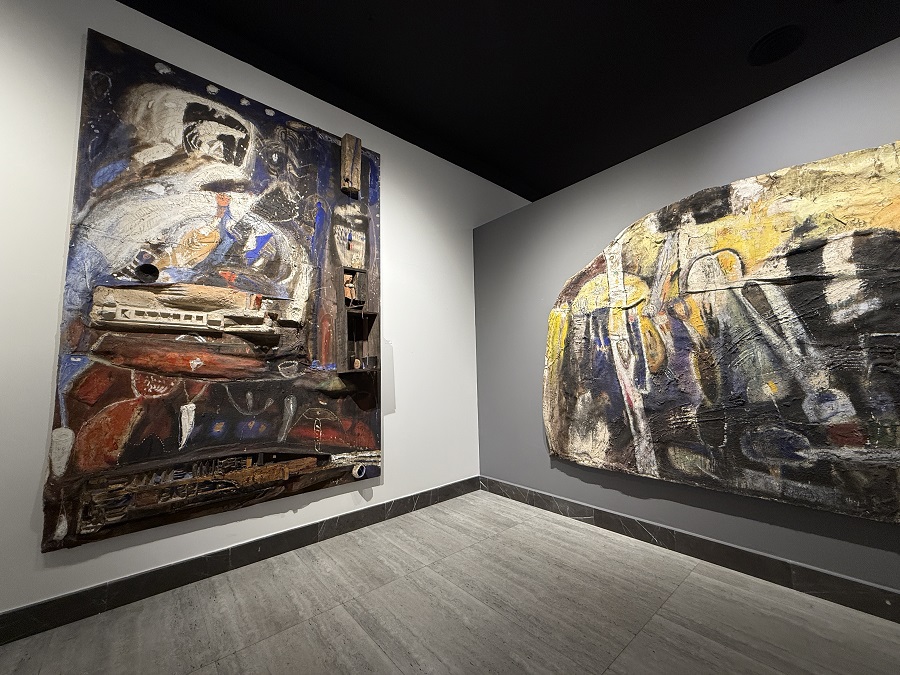RIYADH: At the sixth Tuwaiq International Sculpture Symposium — a Riyadh Art initiative to beautify the city with public artworks — visitors have flocked to Roshn Front to check out the latest creations by 30 international and local artists.
This year’s theme, “From Then to Now: Joy in the Struggle of Making,” has pushed artists to widen the idea of what a completed artwork really is, and encouraged them to consider ways in which the process of creation could be more engaging to a public audience.
During the opening of the symposium last month, at which 30 artists began their sculpting journey on raw stone, co-curator Sebastian Betancur-Montoya told Arab News: “Art tends to be this idea of the artist as a sort of genius and the ideas are kind of obscure. It’s not clear where things come from, or how things are made.
“I thought it was very interesting to create a space — this event — where the interest was not in the final product, but the whole creative, physical, and intellectual process behind those pieces.”
Saudi artist Rawan Al-Shehri’s piece, titled “Spontaneity,” is composed of three large, curved pieces crafted with two different stones. The piece is designed to promote playfulness and invite public interaction.
She told Arab News: “My work focuses on how artists can sometimes believe they must produce the perfect art piece, but I think the focus should be the process of building an art piece — the joy in it and being more natural, or in our element, during our work.
“We could be faced with challenges or hurdles that change or enhance, even, the work itself and make it unique.”
Rather than keeping the viewer at bay, she hopes that the work will pull them in, adding: “They can sit on parts of it, slide on a corner, or even climb on a piece.”
Saudi artist Ali Al-Tokhais’ sculpture “Care and Interest in the Content” draws inspiration from the positive and cohesive relationship between the leadership of the Kingdom and society.
The 3-meter sculpted piece of granite resembles a spiral, with 13 lines marking its center to symbolize the number of regions in the Kingdom — each rich in cultural, economic, and social diversity.
He told Arab News: “This sculpture embodies the spirit of Saudi Arabia in all its regions, with a forward-looking vision led by Vision 2030, which has focused on the development of both people and place, with the homeland becoming a safe haven for the diversity and multiplicity that distinguish the Kingdom’s regions within a unified national framework.”
Al-Tokhais’ art journey began with creating wood figures using carpentry and blacksmithing techniques. From there, the passion evolved, leading him into the world of stone sculpting in which he said he found “a means of expressing ideas and emotions” in the material.
He added: “I began to explore new dimensions of art that reflected both cultural and human identity.”
The exhibition is an invitation to explore the cultural and creative world embodied in each sculpture.
Al-Tokhais said: “It is a gathering where we share moments of beauty and deep reflection, further enhancing Riyadh’s position as a global destination for arts and creativity.”
He emphasized the importance of local and international art forums in enriching the art scene and enhancing the exchange of experiences among sculptors worldwide, adding: “Art forums have always provided exceptional opportunities for growth and development, as they allow artists to explore new methods and expand their creative horizons.
“Through my various contributions, both in Saudi Arabia and internationally, I have been able to develop my artistic vision and refine my techniques, which are reflected in my works and my unique style in sculpture.”
The exhibition mirrors the public engagement program of the live sculpting phase, which featured panel discussions, workshops, masterclasses, and guided tours — prompting visitors to further engage with the artists’ creative processes and the significance of contemporary sculpture until the event’s conclusion on Feb. 24.
Co-curator Dr. Manal Al-Harbi said at the opening: “The forum is not limited only to displaying sculptures, but rather provides a rich interactive experience through community activities that give the public the opportunity to learn about sculpting techniques, speak with artists, and participate in the creative process, which enhances interaction with the arts and makes them part of daily life.”





















